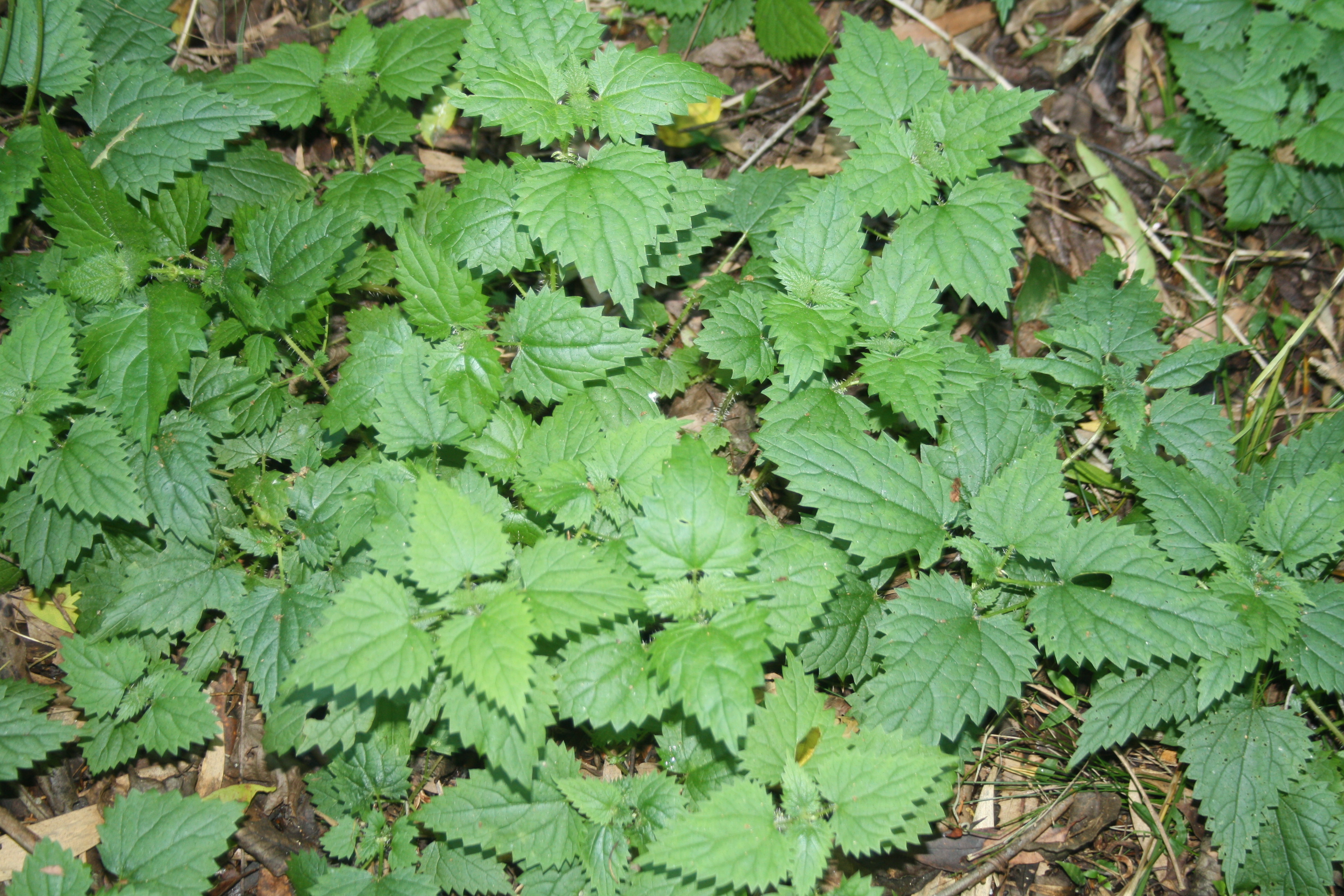We discovered the stinging nettle at Booyong on a wet day, walking along the bush tracks of the old kiwi fruit farm in shorts. The sting was short and annoying, nothing like the Shiny Leaf stinging tree fortunately. That was incredibly painful!
I was amazed to know you can eat it and have since tried stinging nettle pesto which was quite lovely. A little strange I must say to eat something that has caused you pain, but blanching it certainly did the trick. Stinging nettles lose their sting when cooked or dried – under no circumstances should you eat them raw.
If you wish to grow it, plant it in part shade and rich moist soil. It spreads via runners and is quite prolific when the conditions are right. It is also a dynamic accumulator and releases nutrients back into the soil when it dies. A great addition to compost or a fertilising mulch. It is a perennial and continues to provide produce each year at Booyong. We are so blessed to have an abundant and natural supply at the property. It is also a good reason to only walk in the Conservation area wearing long pants!
 Gloves are recommended when handling this plant and I would suggest planting it away from the general public. It can sting for up to one hour after contact, so please protect your skin. When harvesting use scissors to cut the first two layers of the plant, leaving the remainder to continue producing.
Gloves are recommended when handling this plant and I would suggest planting it away from the general public. It can sting for up to one hour after contact, so please protect your skin. When harvesting use scissors to cut the first two layers of the plant, leaving the remainder to continue producing.
They have recently popped up after the rains and are a constant in the native food forest that was formerly the kiwi fruit farm. If you choose to use them at Booyong please be careful to ensure that they are the right plant.
Stinging nettle is said to have a variety of medicinal qualities, as it is a natural diuretic and aids in flushing toxins from your system. In addition, it is good for gut health and digestion. It is also said to be useful for menopause and menstrual cramping and bloating. It is high in vitamin C, potassium, calcium and iron, which can help fatigue and anaemia. It is also said to be a natural anti-inflammatory and can help heal ailments such as gout, arthritis and muscle pain. For your skin, stinging nettle can apparently assist with acne, reducing scars, eczema relief, burns and signs of age spots and wrinkles. No wonder everyone’s raving about it in Sydney now.
It is commonly ingested as a tea which is probably the simplest way to have it. Rinse the leaves in cold water and place in a saucepan of water in the stove. Use two cups of water per one cup of tea and bring the pot to boil, then turn it down to a simmer for two minutes. You leave the leaves to steep depending on your preferred taste. Remove the leaves and you have your tea!
If you’d like to you can also dry some like you would any other herb and then place them in a jar for later use. I think I’ll try this in our dehydrator when I’m next at the property. I’ll let you know how I go.
You can also use your leaves in pesto as we have – we just blanched them first and then added them in the food processor with garlic, pine nuts or walnuts, oil and parmesan cheese. It’s quite delicious!
In addition, they can be blanched and then sautéed with butter or oil in a pan and used as you would spinach, in pasta, soup or as an accompaniment to a meal with some garlic or lemon.
Another way I would like to try stinging nettle is as a powder when dried and blended in a processor until fine. You can then add it into a variety of meals – the possibilities are endless.
In addition, you could blanch them, place in ice cold water to stop the cooking process and then place in a freezer bag and keep for later use. I wonder what they’d be like in a green smoothie. The options keep coming, we’ll let you know as discoveries are made ….
